Origin and Development of Buddhist Images
Synopsis
The earliest conception of the nature of Buddha that we find that he was a human being. He comes to have superhuman attributes ascribed to him, but they are not those of the popular Gods of the time. The attributes also develop but no quite different lines from the conceptions of contemporary polytheism. A quite distinct question from that of the nature of Buddha is to ask how much actual biographical history is contained in the reports of Gotama's life. There are three periods round which the legends are grouped, the early life, the renunciation and enlightenment and public career. It is quite possible to hold that the legends are based on the actual career of a man, it is a very different matter to hold that by applying the canons of historical criticism we can extract the thread of credible story. As a young Gotama leaves his weeping parents, renounces the wealth of a high born Kshatriya Family, and becomes an ascetic. After attaining enlightenment and founding an order his life is spent in traveling and preaching through the lands of the Magadha and Kosalas, until he finally settled at Savathi (SRAVASTI). Even in certain portions of his career we find longer legends incorporated but they are still very different from those in the commentaries. All the three religious system of India, Hinduism, Buddhism and Jainism developed well filled pantheons, and it is not always easy to decide to which of these three systems a particular image should be assigned. The importance of the study of iconography, which primarily concerns itself with the proper recognition of an ages thus becomes apparent. It is observed that a free interchange of deities actually took place at the very outset of Buddhism and Jainism an in more promiscuous Tantric Age. The Jainas and Buddhist alike borrowed Hindu Gods in their earlier stages, but in the Tantric Age, Buddhist Gods were commonly exploited. The ultimate origin of Buddha image is a matter of research. It is to understand to be meant both the earliest Indian examples and fully developed types as we meet with it in Gupta and Medieval India, and in farther India and the far-east. There can be no doubt that this fully developed type in his subject of Dr. A Foucher's Thesis, for he is careful to extend his filiations throughout the area and periods referred to. As Dr. Foucher pointed out the question of the origin of Jaina and Brahmanical types of iconography is equally involved. The Jaina figures on account of their close resemblance to those of the Buddha and because of the parallelism of the Jaina and Buddhist development are here considered together with the Buddha type, while the Brahmanical figures in order to avoid too great an extension of the field to be examined, are only incidentally referred to. The question of the origin of Bodhisattva types in inseparable form that of the origin of Buddha figure. The problem of correct identification of Buddhist images presents real difficulty which great scholars have more than once attempted to solve. Scholars of several countries notably Waddell, Grunwedel, Foucher, Burgess, Getty including Dr. A.K. Coomaraswamy, Bhattasali and Rakhaldas Benerji, Dr. A. Foucher, Dr. A.L. Basham, Dr. Stella Kramrisch. Prof. B. Bhattacharya have written useful and authoritative works and collected together a considerable amount of information on Buddhist iconography as well as the study of the origin and development of Buddhist icons and also furnishes valuable clues to the nature of Buddhism during different epochs. The available rich sculptural material from Central India, Bihar, Gandhara Ujjain and Mathura regions has been studied in order to trace the evolution of the early Buddhist art from the symbolic to the anthropomorphic forms. Indian Art entered a phase of intense activity in the Second Century B.C., when under the direct influence of Buddhism a synthesis suitable to the Indian genius was affected between the higher and lower forms of beliefs. This produced very rich sculpture, which is preserved of the railings and gateways of the Stupas of Sanchi, Bharhut, Amaravati and Nagarjuni Konda. Some bronze images of the Buddha dating not earlier than the Second Century A.D., have also been found in Amaravati and its neighborhood, from the Second Century A.D., onwards the images of the Buddha was sufficiently popular for artists to carve or to cast it in a matter of course with the result that we have today as development of an extensive sculpture sequence of the Buddha images. In the following pages of the monograph entitled "Origin and Development of Buddhist Images" an attempt has been made to deal exhaustively the images of Bodhisattvas, Buddha as their origin, development and their iconographic study. The various phases and development of symbolic, Theriomorphic, Anthromorphic as well as divine icons of Gautama, the Buddha are described in this present work. The present monograph is narrated, and fascinated in elegant manner with the addition to illustrations and detailed bibliography.
Read more
33.30
29.97
$
37.00 $
Free delivery Wolrdwidе in 10-18 days
Ships in 1-2 days from New Delhi
Membership for 1 Year $35.00
Get it now and save 10%
Get it now and save 10%
BECOME A MEMBER

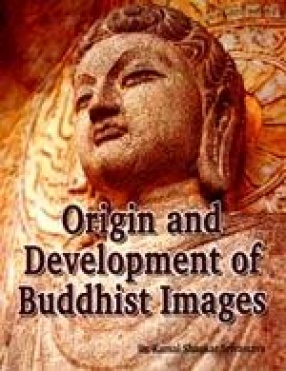
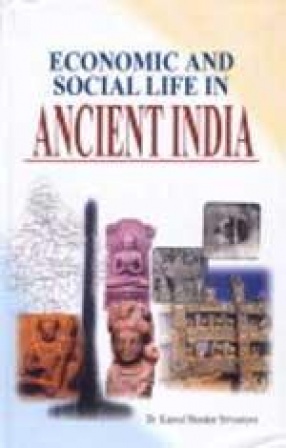
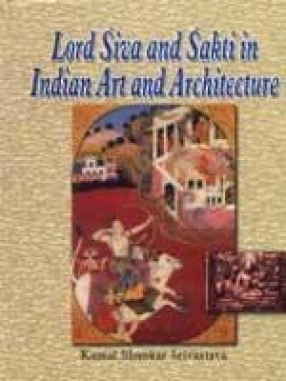
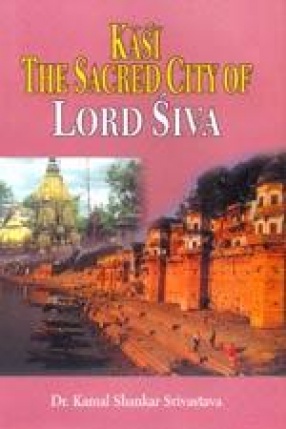

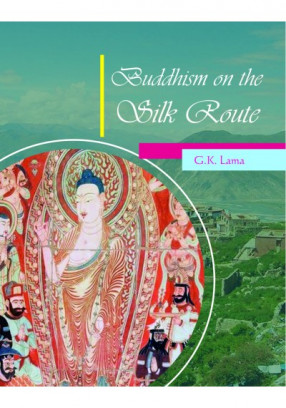
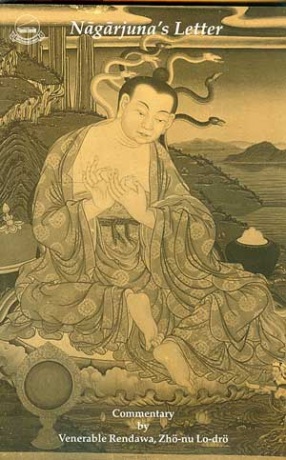
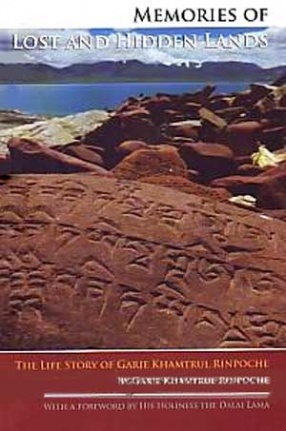
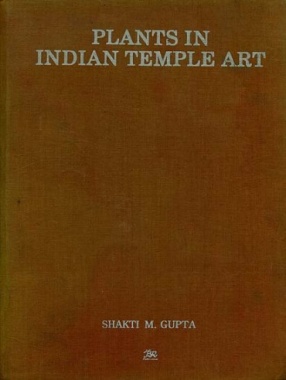

Bibliographic information